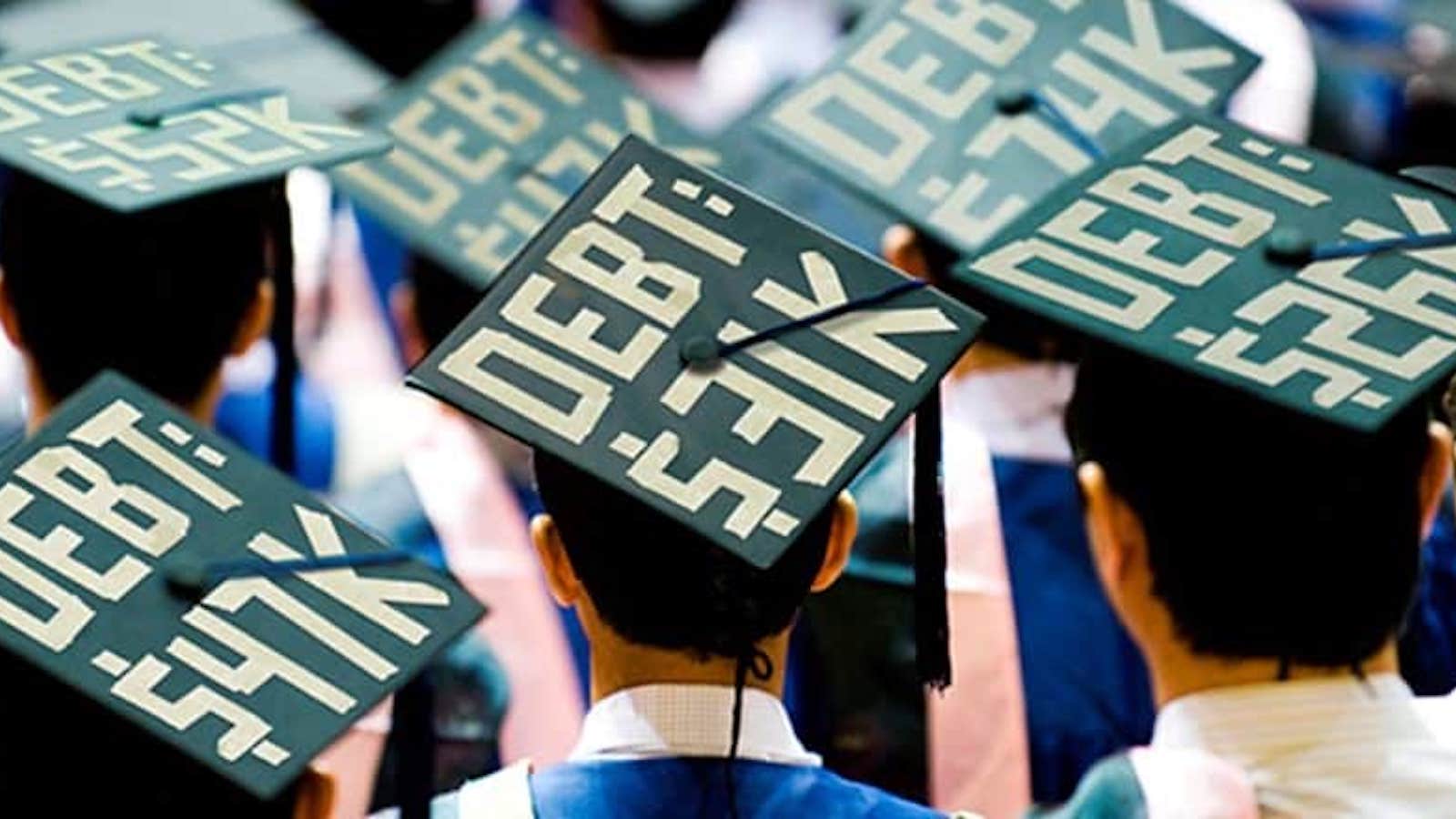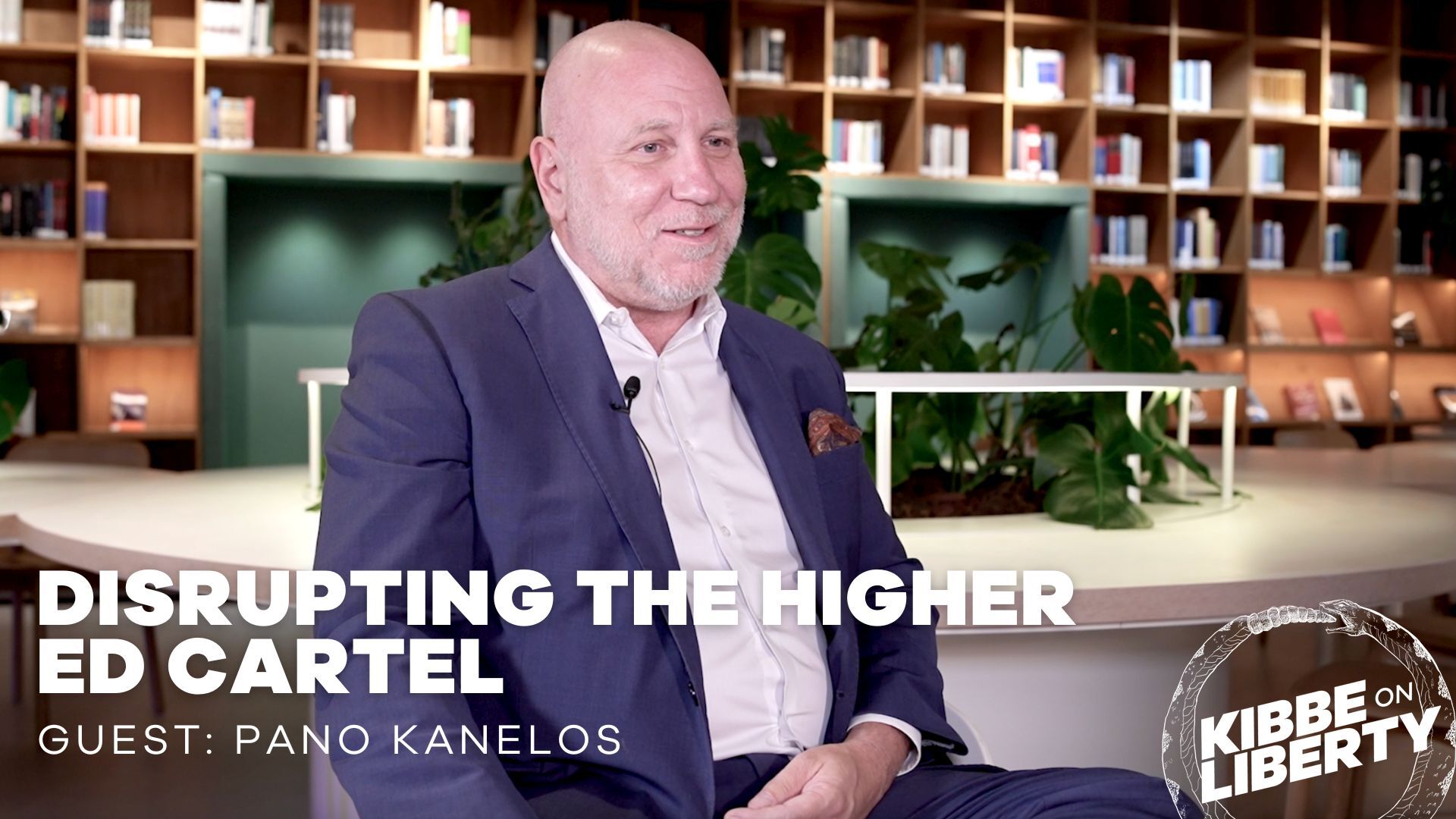
#CancelMyDebt Trend Ignores the Real Reason College is So Expensive
As the cost of attending college continues to rise, college students and recent graduates are calling for student loan forgiveness through the new social media hashtag #CancelMyDebt. Even Democratic presidential candidates have joined in, including Sen. Elizabeth Warren, D-Ma, who used #CancelMyDebt to advertise her plan to cancel student loan debt for 95 percent of Americans.
But the #CancelMyDebt hashtag ignores the real reason college tuition is so high in the first place: government-subsidized college loans create extraordinarily high college prices. If we attach another big government policy to this mess, the problem will only get worse.
In an attempt to make college more accessible, the government has been giving out unlimited loans through a series of student loan programs. The parent-PLUS program, for example, gives out uncapped loans that are bound only by the cost of tuition. This program currently accounts for 20 percent of all federal loans, and it dispersed 271 percent more in loans than it did in 1995. Besides the PLUS program, a student’s eligibility for subsidized loans is determined through the student’s financial need, which is estimated by subtracting the expected family contribution (EFC) from the total cost of attendance.
These policies may sound great at first, but, in reality, they backfire. As the size of loans increases and more people can finally afford to attend expensive private schools, tuition fees skyrocket. The incentive for higher education administrators is to raise tuition prices, because by subsidizing college, the federal government takes away the essential limit to consumer demand—the ability to pay—that usually keeps prices low in a free market.
Statistically, the evidence that federal loans create tuition hikes is undeniable. In 2017, an analysis of empirical studies on students loans found that increases in students aid contributed to higher tuition prices. This increasing tuition aid cycle—identified as the Bennett Hypothesis in 1987—reveals that so long as the government ensures tuition always gets paid, colleges will continue to raise prices. This has been corroborated by a 2015 study conducted by the Federal Reserve Bank of New York, which showed that for every dollar of subsidized federal loans taken out, tuition increased by 58 cents.
Logically, this cycle makes sense. Knowing the government will foot the bill, colleges can raise tuition without risking a decrease in demand from students.
This creates an ugly cycle: as tuition, loans, and student debt increases, so do the subsequent cries to #CancelMyDebt. The current system of all-but unlimited federal aid provides little incentive for schools to try to lower prices or cut costs themselves. Rather than competing for students through tuition prices, schools spend money on luxury accommodations, free iPads and laptops for students, and celebrity professors to attract students.
Think about it like buying a new car. Most people can’t afford to pay cash for a new car, so they take out a loans to help them. These loans work because they are based on credit history, income, and other factors that ensure the individual is able to pay off the loan in the future. But imagine if we told 18 year olds that they could buy a car, the government would front the money, and that everyone else was buying the nicest and most expensive cars they could find. This is what’s happening with college tuition now. Instead of letting supply and demand dictate—and more than likely lower—the price of college, the government is paying for everyone to attend the most expensive colleges.
Instead of focusing on “free college” policies that make unrealistic promises, we should work to make college operate as a market-based system. When faced with decreased demand and students no longer able to pay any price, colleges will be forced to lower tuition prices. Not only will this make college education more accessible to all, it will save future generations from the crushing student loan debt that we face today.
Still, it’s understandable how we got to this point. To many Americans, it seems only fair that the government intervenes so students have the chance to attend the best schools. But well-intentioned tuition aid policies have only created skyrocketing tuition and debt that graduates can’t afford to pay.
We cannot look to the government to solve a problem they themselves created. Canceling debt doesn’t address the root of the tuition crisis, and will do nothing to help future generations of students who will see even higher debt than college graduates are facing today.
Free the People publishes opinion-based articles from contributing writers. The opinions and ideas expressed do not always reflect the opinions and ideas that Free the People endorses. We believe in free speech, and in providing a platform for open dialogue. Feel free to leave a comment.



